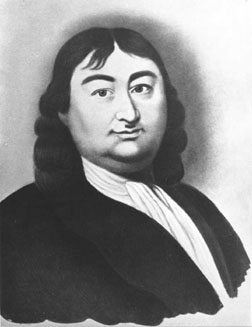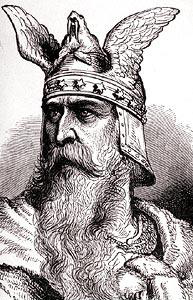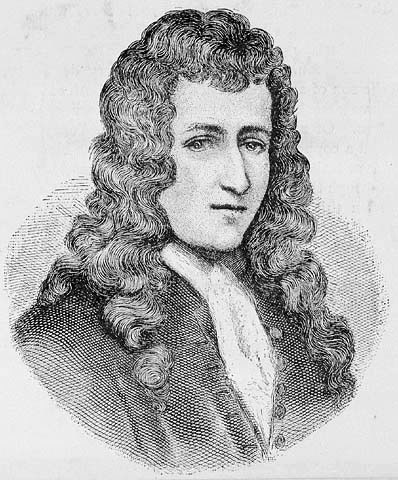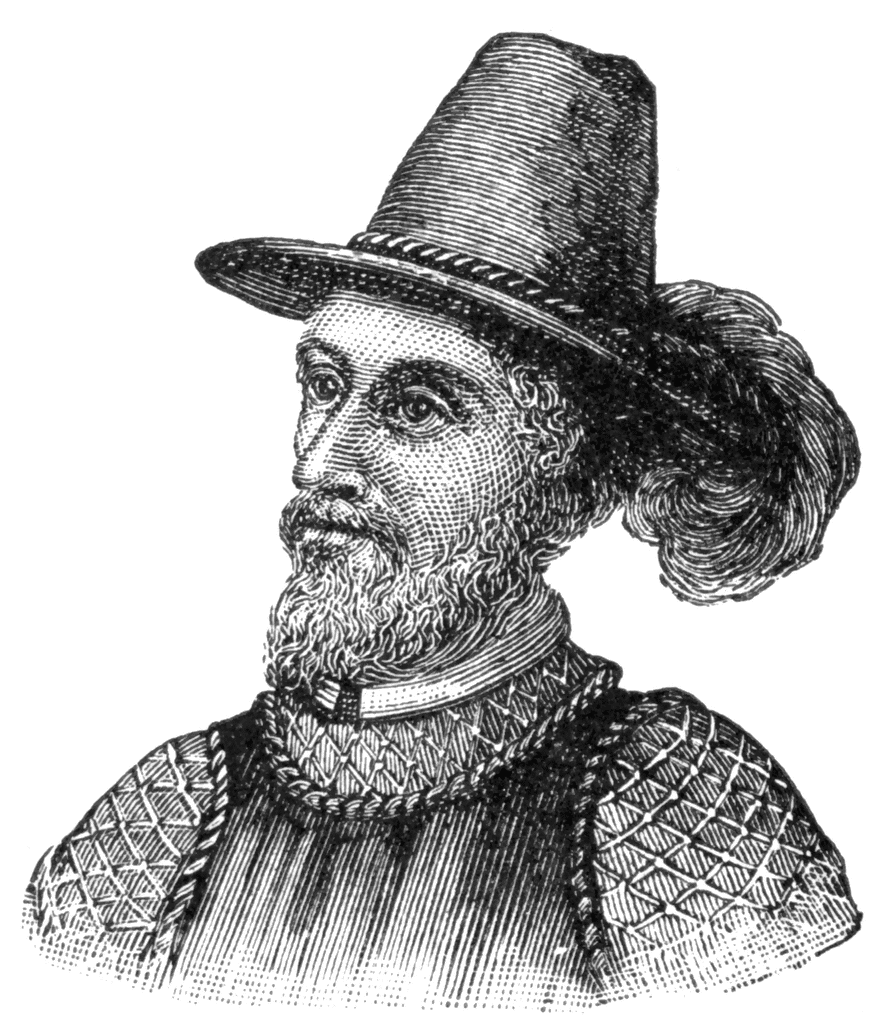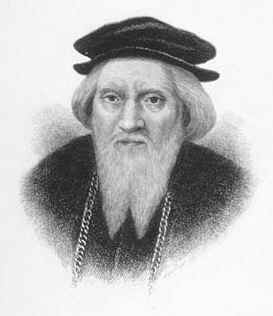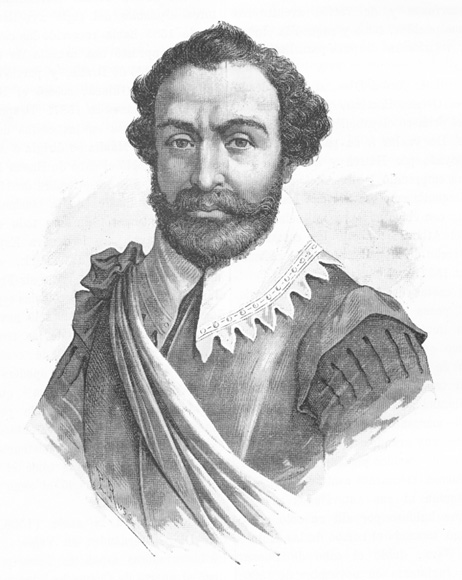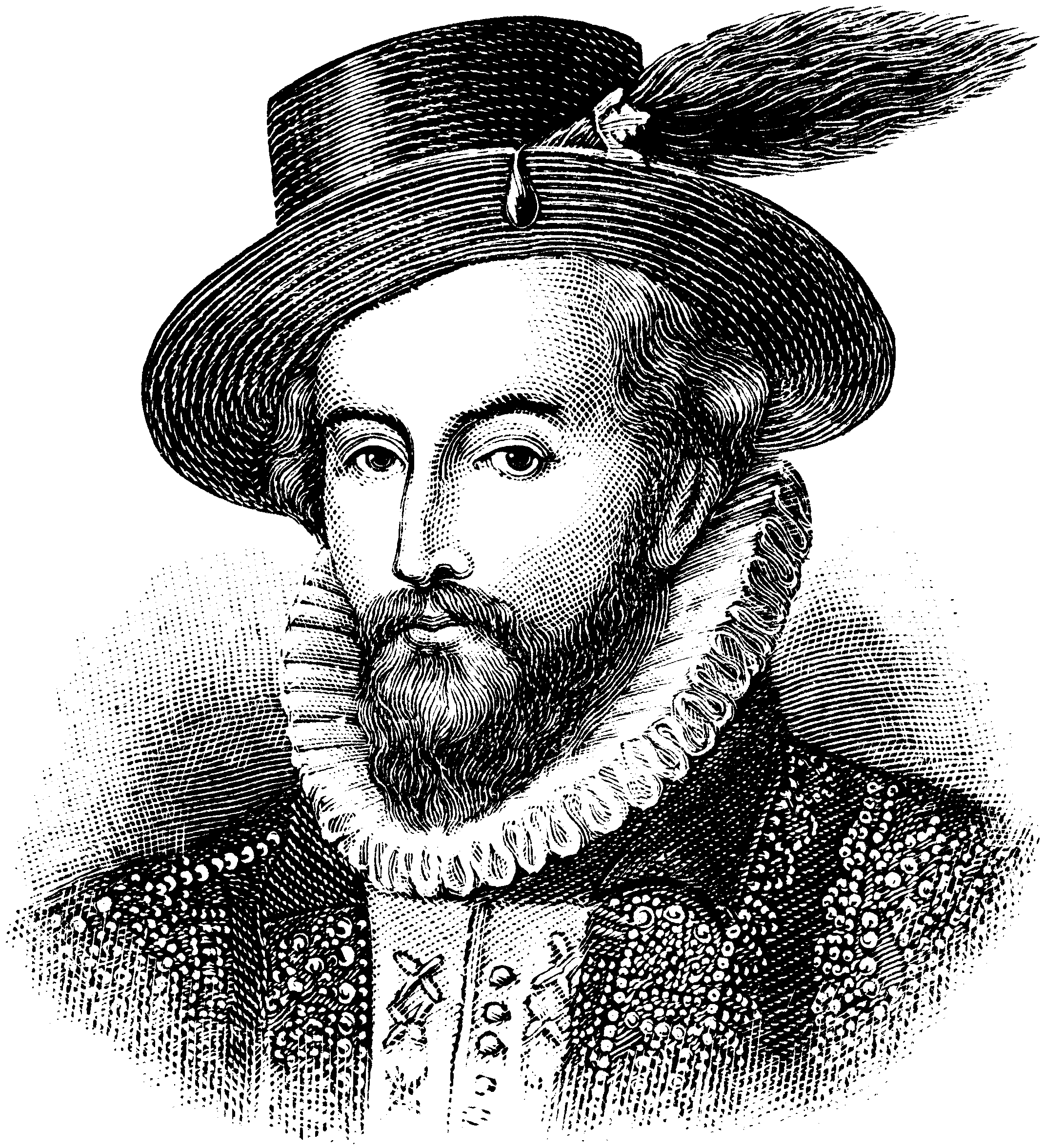BAUDIN, NICHOLASNicholas Baudin (1754-1803) was a French Naval Officer who mapped the island of Tasmania and explored much of the coastline of Australia (including Geographe Bay, Guichen Bay (1802), Fleurieu Peninsula (1802), Murat Bay, and Shark Bay and the Gulf of Carpentaria) from 1800 until 1803. He sailed in the ship called "La Geographe" (meaning geography in French) and did many scientific explorations of other Southern Hemisphere areas, including the island of Timor. His expedition mapped coastlines, collected scientific specimens, and made drawings of the areas. In April, 1802, Baudin met the Australian explorer
Matthew Flinders in southern Australia. He died on the way home to France on the island on Mauritius in 1803.
 BURKE AND WILLS
BURKE AND WILLSRobert O'Hara Burke (1820-1861) and William John Wills (1834-1861) were Australian explorers who were the first Europeans to cross Australia from south to north. They both died on the return trip, from exhaustion and hunger.
Burke and Wills were inexperienced explorers; Burke was a police investigator and Wills was a surveyor and meteorologist. Burke was chosen to lead the expedition across the inhospitable interior of Australia so that the state of Victoria could win the reward posted by the government of Australia for finding a north-south route. The government wanted to build a telegraph line from Adelaide to the northern coast of Australia.
 CUNNINGHAM, ALLAN
CUNNINGHAM, ALLAN
Allan Cunningham (1791 - 1839) was an English explorer and botanical collector. Cunningham's explorations included Brazil (from 1814 to 1816), eastern Australia (1816 - 1839), and New Zealand (1826) . 
DAMPIER, WILLIAM
William Dampier (1651 or 1652-1715) was a British buccaneer (pirate), explorer and map-maker. As a teenager, he sailed to the Caribbean and the Gulf of Mexico. Dampier sailed to Australia, New Guinea, southeast Asia, and the South Seas, charting the coastlines, rivers, and currents for the British Admiralty (1699-1700). He also kept a detailed journal, noting native cultures, the first noted typhoon, and other discoveries made during his voyages. He discovered and named New Britain (near New Guinuea). His book,
A New Voyage Round the World, was published in 1697, and quickly became very popular. Dampier died a pauper in March, 1715
 EYRE, EDWARD JOHN
EYRE, EDWARD JOHN
Edward John Eyre (1815-1901) was an English-born Australian explorer. With his aboriginal friend called Wylie, Eyre was the first European to walk across southern Australia from east to west (along the coast). This arduous trip took 4 1/2 months. They traveled from Adelaide to Albany, across the Nullarbor Plain. The expedition had begun with many men and pack horses, but harsh conditions and lack of food and water forced most of the men and the horses to turn back. Eyre and Wiley survived by using sponges to collect the morning dew, and eating kangaroos. Previously, Eyre had been on many shorter expeditions searching for good sheep-grazing land in southern Australia. An expedition to the center of Australia (from Adelaide) failed at Mt. Hopeless.
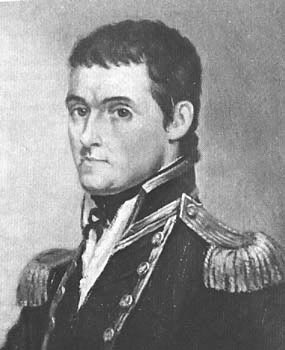 FLINDERS, MATTHEW
FLINDERS, MATTHEWMatthew Flinders (March 16, 1774 - July 19, 1814) was an English explorer, naval officer and navigator who circumnavigated (sailed entirely around)
Australia and mapped much of its coastline. He and George Bass were the first Europeans to realize that Tasmania was an island; they sailed around it.
 HUME, HAMILTON
HUME, HAMILTON
Hamilton Hume (1797-1872) was an Australian explorer. Hume discovered Lake Bathurst when he was only 20 years old. Hume, together with William Hovell (an English sea captain) and six convicts, travelled overland through southeast Australia (the Berrima-Bong Bong District) to look for any large rivers. They set out in 1824 from Appin (where Hume lived) and travelled from Gunning to Corio Bay, discovering the Murray River, the Murrumbidgee River, and Mount Bland. They returned in 1825. Hume was rewarded with hundreds of acres of land
JANTSZOON, WILLEM
Willem Jantszoon was a Dutch explorer who was the first European to sail to Australia. In 1606, Jantszoon reached the northern coast of Australia in his ship, the Duyfken. Jantszoon was later made Admiral of the Dutch Fleet.
LA PEROUSE, JEAN-FRANCOISJean-François de Galoup, Comte de La Pérouse (August 23, 1741-1788) was a French explorer and naval officer. La Perouse mapped the west coast of North America in 1786, and visited the Easter Islands and Sandwich Islands (now called Hawaii). He was lost at sea while searching for the Solomon Islands (after reaching Australia's Botany Bay).
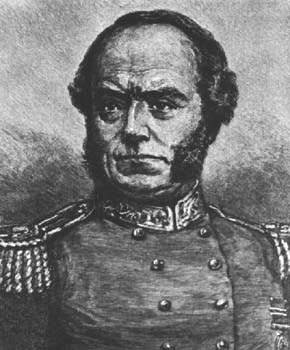 MITCHELL, THOMAS L.
MITCHELL, THOMAS L.
Sir Thomas Livingstone Mitchell (1792- October 5, 1855) was an explorer, surveyor and author who led four surveying expeditions into southeastern Australia. Mitchell's expeditions surveyed west of Sydney; he explored northern and western New South Wales, the Darling River system, and surrouding areas.
Mitchell was born in Craigend, Scotland. After serving in the British Army and surveying in Spain, he sailed to Sydney, Australia, in 1827. In Sydney, Mitchell was the deputy surveyor general (serving under John Oxley). He was knighted in 1839.
OXLEY, JOHN J.
John Joseph William Molesworth Oxley (1785? - 1828) was an explorer and surveyor who explored areas of eastern Australia and Tasmania; he also collected geological information. Oxley was the surveyor-general of New South Wales, Australia.
Oxley was born in England, and sailed to Australia in 1802 while in the British Navy. For years, he surveyed the coast of Australia, then in 1806 he commanded a ship to Van Diemen's Land (later called Tasmania).
After returning to England and being promoted to lieutenant, Oxley sailed to Australia (1808). He was granted 600 acres (240 hectares) of land in Sydney and was appointed surveyor-general of New South Wales. He continued his surveys of Australia, including: the Lachlan River region (with George Evans, 1817), the Macquarie River (1818), Jervis Bay and Port Macquarie (1819), Moreton Bay and 50 miles (80 km) up the Brisbane River (1823).
 PHILLIP, ARTHUR
PHILLIP, ARTHUR
Captain Arthur Phillip (1738-1814) was a British Naval Officer who founded the first permanent European settlement in Australia. Phillip commanded the "Sirius," the flagship of the First Fleet (the eleven ships that carried the first European settlers from Portsmouth, England, to New South Wales, Australia). The First Fleet was commissioned by Thomas Townsend, Viscount Sydney, and sailed for Botany Bay on May 13, 1787. The First Fleet carried 564 male and 192 female convicts, 450 crew members, 28 wives, and 30 children (half from the crew, half from the convicts). They sailed via Rio de Janeiro (Brazil) to the Cape of Good Hope (South Africa), and by Tasmania. The Fleet anchored at Sydney Cove, Port Jackson, New South Wales, Australia on January 26, 1788, and declared Australia a colony of Britain. Phillip was the Governor of New South Wales until 1792, when ill health forced him to returned to England. Australia Day commemorates the arrival of Captain Phillip and the First Fleet at Sydney Cove.
STRZELECKI, PAUL EDMUND DE
Paul Edmund de Strzelecki (1797-1873) was a Polish nobleman, explorer, geologist and fossil collector. He explored the Snowy Mountains of Australia (with James Macarthur), climbed and named Australia's highest mountain Mount Kosciuszko (to honor the Polish general Thaddeus Kosciusko), and traveled through the Gippsland area of eastern Victoria. In the four years Strzelecki spent in New South Wales and Tasmania, he walked over 7000 miles. Strzelecki wrote "Physical Description of New South Wales. Accompanied by a Geological Map, Sections and Diagrams, and Figures of the Organic Remains" (London, 1845).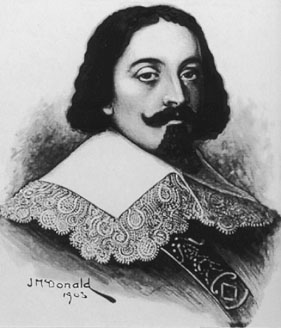
TASMAN, ABEL
Abel Janszoon Tasman (1603-1659?) was a Dutch explorer who was the first European to sail to Tasmania, New Zealand, Tonga, and the Fiji Islands. His first expedition (1642-1643) was to Australasia, the Indian Ocean, and the South Pacific. His second expedition (1644) was to Australia and the South Pacific.
